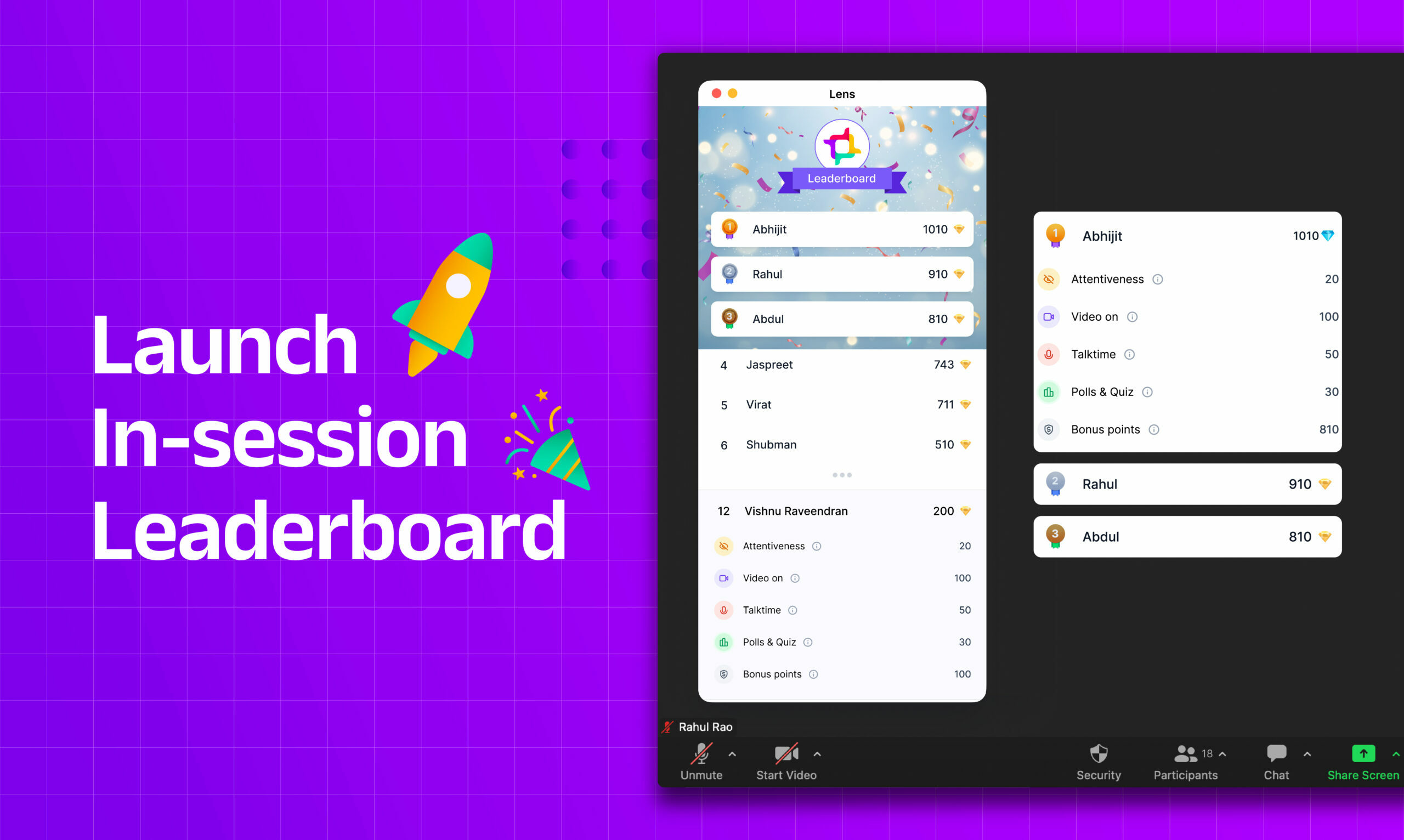In higher education, hybrid courses are becoming increasingly popular. If you’re a higher education instructor looking to develop a hybrid approach, this blog post can help. We’ll guide you through designing and teaching a hybrid course.
The critical components of a successful hybrid course include understanding the hybrid course concept, knowing your audience, creating a structured path for assessments, creating the learning experience, choosing an appropriate technology platform, and enrolling students properly. Following these steps, you can design an engaging, effective, and convenient hybrid course for your students.
Step 1: Understand the hybrid course concept

A hybrid course is one in which there are both online and classroom components. In other words, it’s not just an online course with a remote instructor but a physical space where students come together to learn from each other and interact with the instructor.
A typical hybrid course will have video content (either live or prerecorded) that you can watch at your own pace, along with a discussion forum where students can ask questions and discuss ideas. This could be through Slack channels or Google Hangouts, for example–there are many options out there!
Step 2: Know your audience

Educators need to know their audience and understand their needs inside and outside the classroom. This requires various tools and resources to support hybrid learning and facilitate communication and collaboration.
First and foremost, educators must be able to deliver content in a way that is accessible and engaging for all students, regardless of their learning environment. By providing students with a range of resources and tools, educators can help them learn at their own pace and in a way that suits their learning styles.
Another vital aspect of hybrid learning is communication. Educators must be able to communicate with students both in-person and remotely and facilitate discussions and collaboration between students regardless of their location.
Finally, educators need to encourage and facilitate learning outside of the classroom. Educators can help students develop a love of learning that extends beyond the classroom by giving them access to various resources and tools.
Step 3: Create a structured path for assessments

The third step is to create a structured path for assessments. Your students will need to demonstrate their understanding of the learning objectives and outcomes, so you’ll want to ensure multiple opportunities for them to do so throughout the course.
You can use any tools or strategies for this part of your hybrid course design process. A few ideas include:
- They evaluate student work using rubrics (e.g., one for each objective). Headings can help you assess whether students meet all expectations within a goal, including completing specific assignments or demonstrating mastery through an exam or quiz. You may also want to consider using more than one rubric–for example, one for assessing presentation skills and another for evaluating written communication skills (like essays).
- Creating a learning management system (LMS) within Canvas (or another LMS) that tracks progress toward achieving each learning objective within each module in real time so that instructors know when students have reached a specific milestone or attained mastery over certain concepts before continuing with future modules/lessons/activities
Step 4: Create the learning experience

Now that you’ve developed a course idea, creating the learning experience is time. The best hybrid courses are those that utilize both online and in-person components. The online part can provide background information; for example, if your system is about designing websites, you might use video lectures to introduce HTML5 and CSS3. In addition, this section should contain quizzes or other assessments so students can gauge their understanding before coming into class.
If your class requires hands-on experience (for example, if it’s about building websites), then this is where your in-person component comes into play–you’ll have time set aside for students who need help completing their projects or practicing their skills outside of class hours.
Step 5: Choose an appropriate technology platform for your course

Once you’ve decided on the structure of your hybrid course, it’s time to determine what technology platform will best facilitate its delivery. There are many factors to consider when choosing a venue: ease of use, flexibility in content creation and customization options, affordability (up-front costs and ongoing fees), accessibility for students with disabilities, and so on.
Zoom is an excellent example of a platform that has significantly impacted hybrid learning during the pandemic. Due to its fast availability and relative stability, it became a go-to choice for educators. However, while Zoom provides an effective means of communication, it lacks some key features necessary for creating an optimal learning environment.
That’s where Lens comes in. By offering educators the ability to track engagement and attentiveness, facilitate real-time research and collaboration, and gamify the learning experience, Lens + Zoom creates an innovative hybrid learning tool.
With Lens, educators gain deeper insights into student behavior, which enables them to tailor the learning experience and create a more engaging and effective environment. By complementing Zoom with Lens, educators can provide students with a more interactive and personalized learning experience, which is critical in today’s hybrid learning environment.
Step 6: Enroll students in your hybrid course properly

In this section, we’ll talk about adequately enrolling your students in a hybrid course.
First and foremost, make sure that you communicate the nature of the hybrid course clearly from the outset. Students should be made aware of:
- The technology requirements for taking your class (e.g., whether or not they need laptops and what kind).
- Their time commitment for completing assignments and participating in discussions; this may vary depending on how often you hold office hours/office hours sessions with students and how much autonomy you give them when deciding when they want to work on their own outside those sessions.
- How they can get help from instructors if needed (whether through emailing individual instructors directly or posting questions publicly within an online forum). Also include some information about what kinds of resources are available–for example, if there is an academic support center at your school where students can go if they’re struggling with something specific like math calculations or writing skills issues related specifically towards college-level writing assignments
Hybrid courses offer a unique opportunity to combine online and in-person learning for a more flexible, accessible, and practical learning experience. By understanding the needs of your students and designing a course that meets those needs, you can create a successful hybrid course. With the right technology platform and proper enrollment procedures, you can ensure your students can access all the course features from any device. Overall, a well-designed hybrid course can provide an excellent educational experience for both students and instructors.




